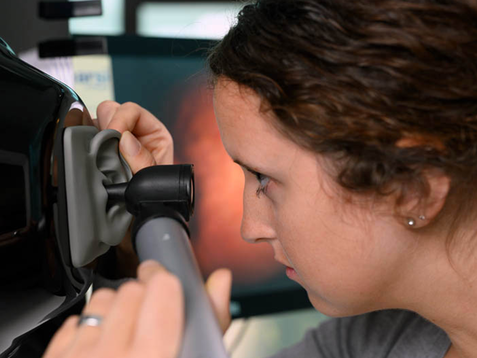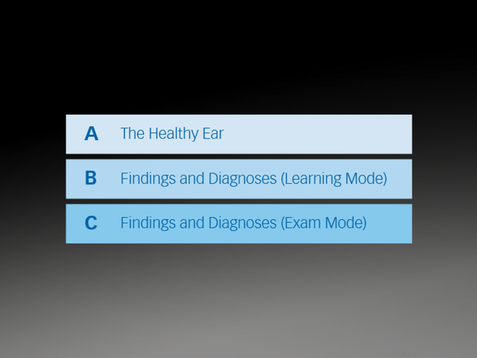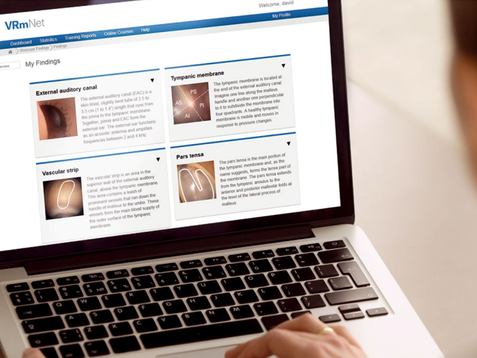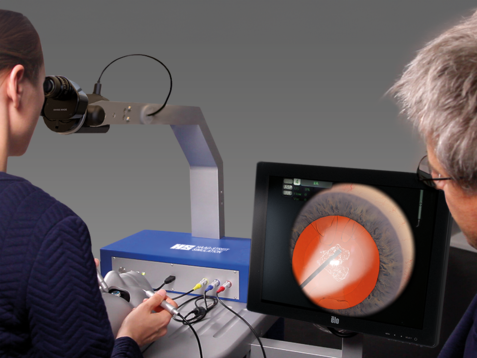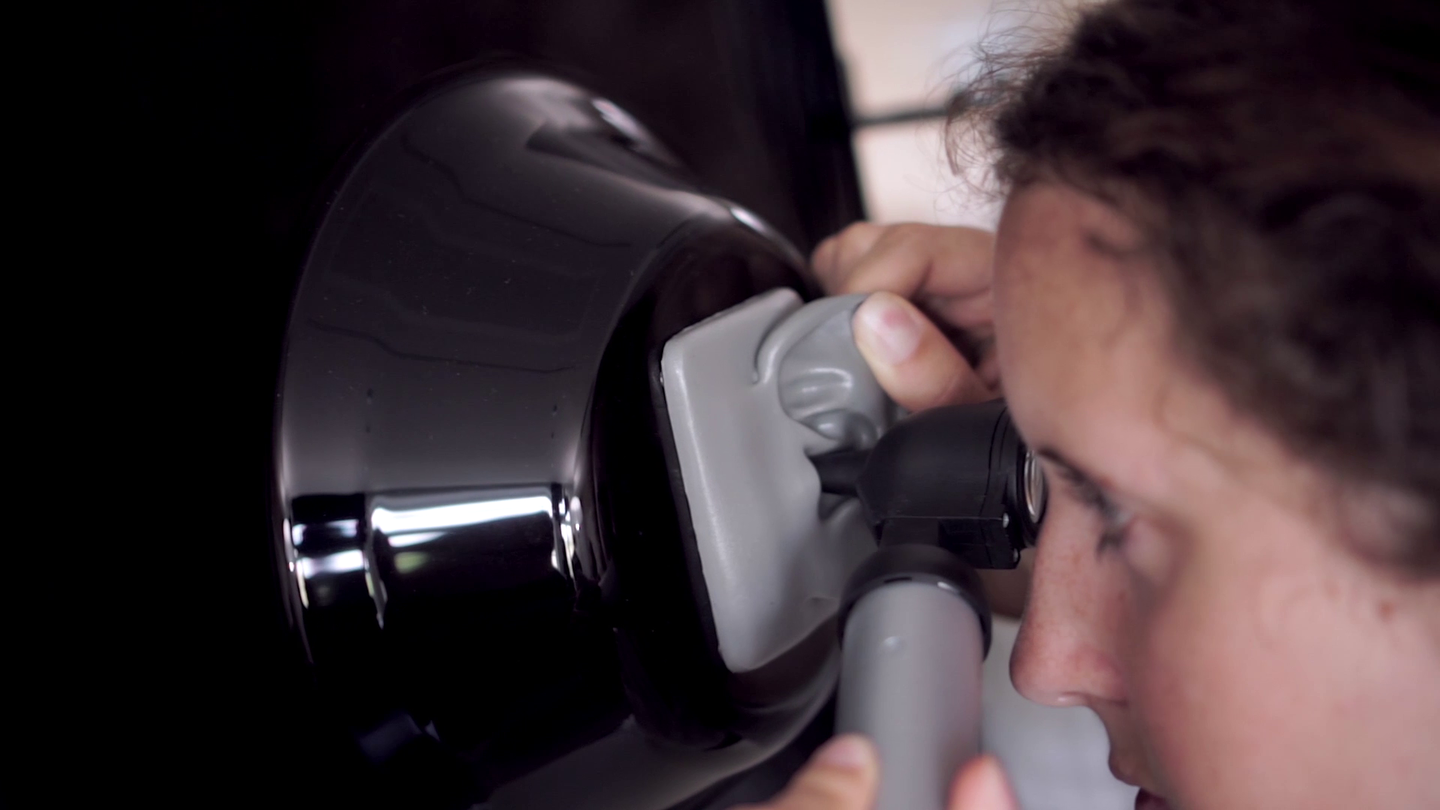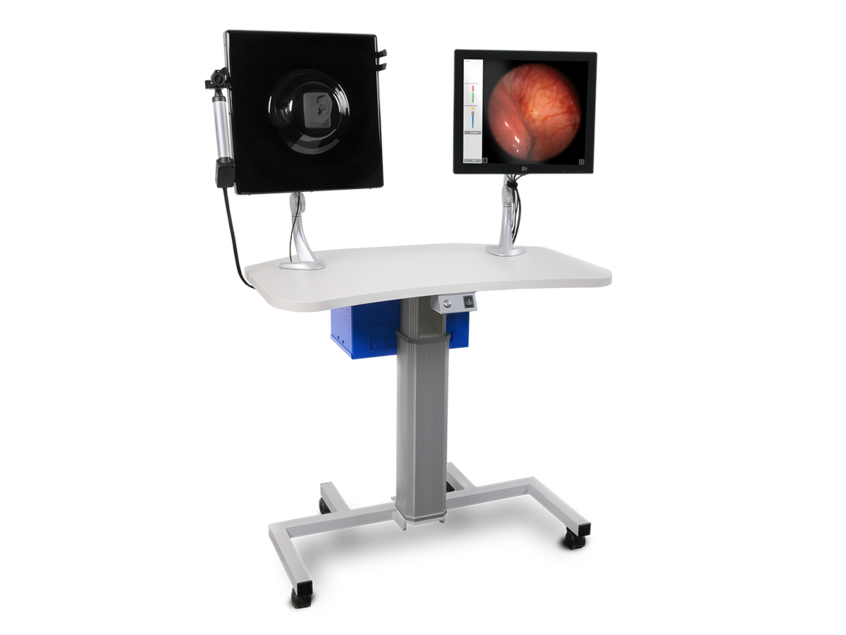
High-end VR simulator
Earsi Otoscope
Self-guided otoscopy training
The virtual reality simulator Earsi Otoscope allows medical students to practice handling of the otoscope and recognition of the most common pathologies of the ear. Earsi Otoscope is equipped with a lifelike model ear and otoscope handpiece to foster correct examination techniques. The preinstalled curriculum has been designed to teach recognition of the most common pathologies within only a few hours.
